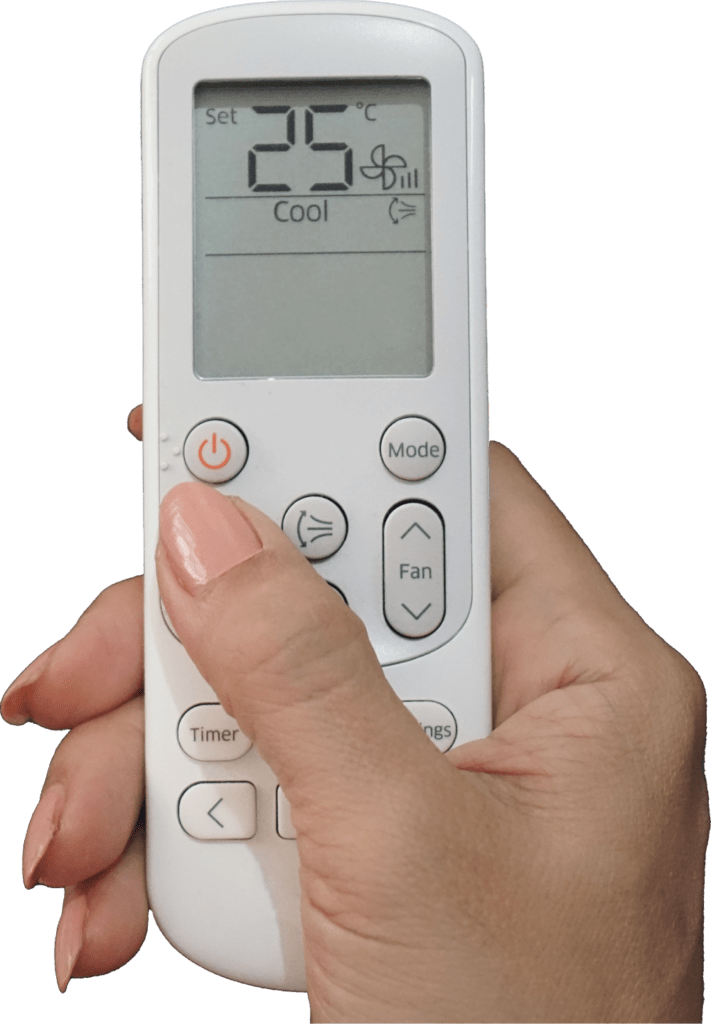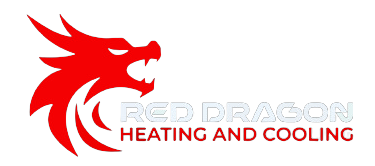- 518.348.9000
- [email protected]
- 117 Van Rd Gloversville,NY 12078
HRV / ERV Systems: Enhancing Indoor Air Quality and Energy Efficiency
Homeowners and building managers are increasingly turning to Heat Recovery Ventilation (HRV) and Energy Recovery Ventilation (ERV) systems to improve indoor air quality and energy efficiency. These systems are designed to provide fresh outdoor air while retaining the energy already used to heat or cool the indoor environment.
HRV systems specifically focus on retaining the heat during the exchange of indoor and outdoor air, making them ideal for colder climates. On the other hand, ERV systems manage both heat and humidity, offering more balanced control, especially in mixed or humid climates. Choosing the right system depends on the specific climate and the needs of the building.
By understanding the differences and benefits of HRV and ERV systems, building managers and homeowners can make informed decisions that lead to healthier indoor environments and lower energy bills. Digging deeper into these systems reveals how they contribute to sustainability and comfort, making them a worthy investment.

518 Red Dragon Service Areas Include :

Amsterdam
Amsterdam HRV / ERV Systems

Gloversville
Gloversville HRV / ERV Systems

Johnstown
Johnstown HRV / ERV Systems

Broadalbin
Broadalbin HRV / ERV Systems

Fonda
Fonda HRV / ERV Systems
Mayfield
Mayfield HRV / ERV Systems
Northville
Northville HRV / ERV Systems

Fundamentals of HRV and ERV Systems
HRV and ERV systems are crucial for improving indoor air quality. They also help in maintaining energy efficiency in buildings by recovering heat and regulating humidity.
Definition and Purpose
Heat Recovery Ventilators (HRVs) exchange stale indoor air with fresh outdoor air while transferring heat between them. This process maintains a comfortable indoor climate without losing much energy.
Energy Recovery Ventilators (ERVs) perform a similar function but also transfer moisture. This helps in balancing indoor humidity levels, making them suitable for both dry and humid climates.
Both systems aim to provide fresh air and improve indoor air quality, reducing the load on heating and cooling systems.
Comparison of HRV and ERV
HRVs are ideal for colder climates where humidity control is less of a concern. They focus primarily on heat exchange, maintaining air quality while conserving energy.
ERVs are versatile, effective in both humid and dry climates. They manage both heat and moisture transfer, making them suitable for a broader range of environmental conditions.
| Feature | HRV | ERV |
| Heat Exchange | Yes | Yes |
| Moisture Control | No | Yes |
| Ideal Climate | Cold | Both humid and dry |
This table highlights the key differences, helping users to choose based on their specific climate needs.
Key Components
Core: The core facilitates the transfer of heat and, in the case of ERVs, moisture between incoming and outgoing air streams.
Fans: Separate fans push stale air out and pull fresh air in, maintaining air flow throughout the system.
Filters: Various filters remove particulates and contaminants from the incoming air to ensure cleaner and healthier indoor air.
Controls: These components allow for the management of fan speeds, operation times, and performance metrics, providing users flexibility and control over their indoor environment.
Ducts: Connecting different parts of the building, ducts distribute fresh air and remove stale air efficiently, ensuring all areas benefit from improved air quality.
Considerations for Implementation
Implementing an HRV/ERV system involves choosing an appropriate model, following correct installation procedures, and maintaining the system regularly to ensure optimal performance.
Selecting the Right System
Choosing a suitable HRV/ERV system requires assessing several factors. Home size is crucial; larger homes typically need systems with greater capacity. Climate considerations play a significant role, as HRVs are often preferred in colder climates while ERVs are more suited for humid or mixed climates. Energy efficiency ratings are also essential; look for models with high efficiency to minimize energy costs. Noise levels should be considered for comfort, especially in quieter environments. Consult a professional to evaluate specific needs and recommend the most fitting system.

Installation Best Practices
Proper installation of HRV/ERV systems is vital for their effective operation. Positioning the unit in a central location can ensure balanced air distribution. Ductwork should be insulated and properly sealed to prevent leaks. Filters must be easily accessible for regular maintenance. Correct calibration is necessary for balanced airflow; improper calibration can lead to inefficient performance. Working with licensed professionals ensures adherence to local building codes and optimal setup. Thoughtful placement of intakes and exhausts away from contaminants and obstructions is crucial to prevent re-entrainment of pollutants.
Maintenance and Upkeep
Regular maintenance is key to maintaining system efficiency. Filters should be checked and replaced periodically to ensure proper airflow and prevent dust accumulation. Heat exchangers need to be cleaned according to the manufacturer’s instructions to maintain efficiency. Annual inspection of ductwork and connections can help identify and rectify any leaks or blockages. Motor and fan maintenance, including lubrication and inspection for wear, ensures components operate smoothly. Scheduling professional maintenance at least once a year can help detect potential issues early and extend the system’s lifespan.
WHAT WE DO
Expert HVAC Care, Always.


Residential Installations
Trust us to transform your space into a haven of perfect climate control with our expert HVAC installations.

Commercial Installations
Trust us to transform your space into a haven of perfect climate control with our expert HVAC installations.

Thermostat Installations
Trust us to transform your space into a haven of perfect climate control with our expert HVAC installations.

Air Quality Solutions
Trust us to transform your space into a haven of perfect climate control with our expert HVAC installations.
